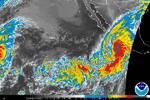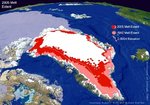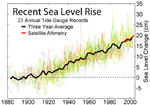GrauGeist
Generalfeldmarschall zur Luftschiff Abteilung
To all of our Mexican friends here on the forum, I'm hoping that you, your families and loved ones are safe and out of harm's way!
http://www.weather.com/storms/hurricane/news/hurricane-patricia-mexico-coast
http://www.weather.com/storms/hurricane/news/hurricane-patricia-mexico-coast



